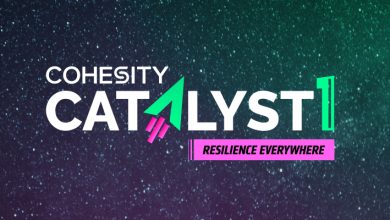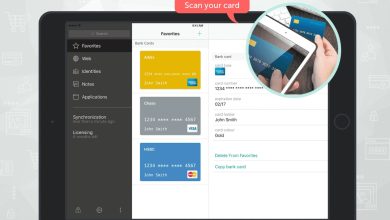Kaspersky Detects GodRAT, New Remote Access Trojan Targeting Financial Institutions Through Skype
Likely an Evolution of AwesomePuppet, Which Was Reported by Kaspersky in 2023 and Is Likely Linked to the Winnti APT

Kaspersky’s Global Research and Analysis Team (GReAT) has uncovered GodRAT—a new Remote Access Trojan distributed via malicious screensaver files disguised as financial documents, and delivered through Skype messenger until March 2025, subsequently transitioning to other channels. SMBs in UAE, Hong Kong, Jordan, and Lebanon were targeted throughout this campaign.
The threat actor deployed a newly identified Remote Access Trojan (RAT) named GodRAT, which was found in a client’s source code on a popular online scanner, where it was uploaded in July 2024. The archive, titled GodRAT V3.5_______dll.rar, also includes the GodRAT builder, capable of generating both executable and DLL payloads. This builder allows attackers to disguise the malicious payload by selecting legitimate process names (e.g. svchost.exe, cmd.exe, wscript.exe) for code injection, and saving the final file in various formats, including .exe, .com, .bat, .scr, and .pif.
To evade detection, the attackers used steganography to embed shellcode within image files depicting financial data. This shellcode downloads the GodRAT malware from a Command-and-Control (C2) server. The RAT then establishes a TCP connection to the C2 server using the port specified in its configuration blob. It collects operating system details, local hostname, malware process name and process ID, the user account associated with the malware process, installed antivirus software, and the presence of a capture driver.
GodRAT supports additional plugins, and once installed, the attackers utilised the FileManager plugin to explore the victim’s systems, and deployed password stealers targeting Chrome and Microsoft Edge to extract credentials. In addition to GodRAT, they also employed AsyncRAT as a secondary implant to maintain prolonged access.
“GodRAT appears to be an evolution of AwesomePuppet, which was reported by Kaspersky in 2023, and is likely linked to the Winnti APT. Its distribution methods, rare command-line parameters, code similarities with Gh0st RAT, and shared artefacts—such as a distinctive fingerprint header—suggest a common origin. Despite being nearly two decades old, legacy implant codebases like Gh0st RAT continue to be actively used by threat actors, often customised and rebuilt to target a wide range of victims. The discovery of GodRAT demonstrates how such long-known tools can remain relevant in today’s cybersecurity landscape,” comments Saurabh Sharma, Security Researcher within Kaspersky’s Global Research and Analysis Team.
(More information is available in a report on Securelist.com.)
Recommendations to Stay Safe vs. GodRAT
To stay safe, Kaspersky recommends:
- Regularly updating your operating system, browser, antivirus, and other programmes. Culprits tend to exploit vulnerabilities in software to compromise systems.
- To protect the company against such threats, use solutions from the Kaspersky Next product line that provide real-time protection, threat visibility, investigation, and response capabilities of EDR and XDR for organisations of any size and industry.
- You can enable the ‘Show file extensions’ option in the Windows settings. This will make it much easier to distinguish potentially malicious files. As Trojans are programmes, you should be warned to stay away from file extensions like “exe”, “vbs”, and “scr”. You need to keep a vigilant eye on this, as many familiar file types can also be dangerous. Scammers could use several extensions to masquerade a malicious file as a video, photo, or a document (like hot-chics.avi.exe or doc.scr).




